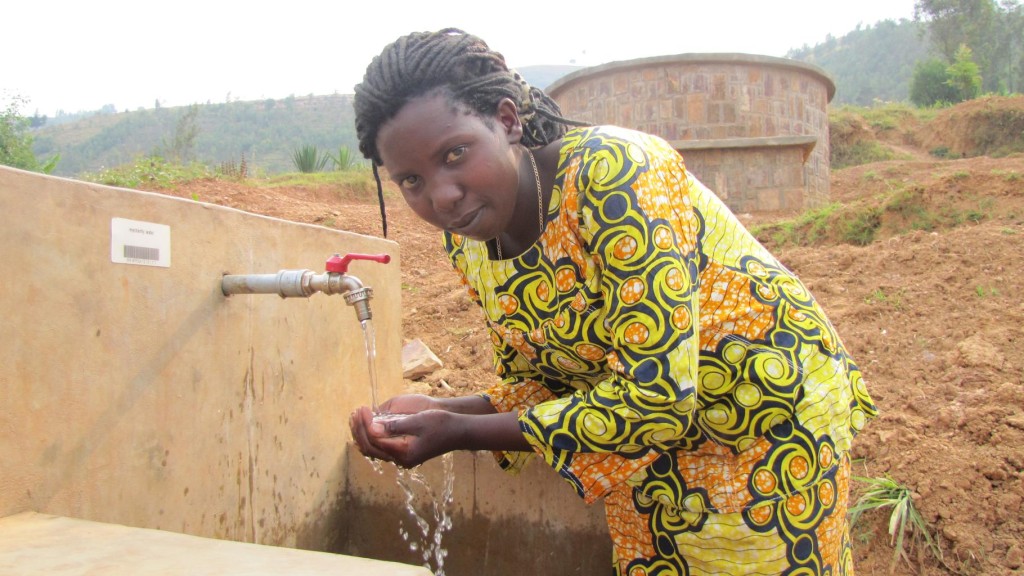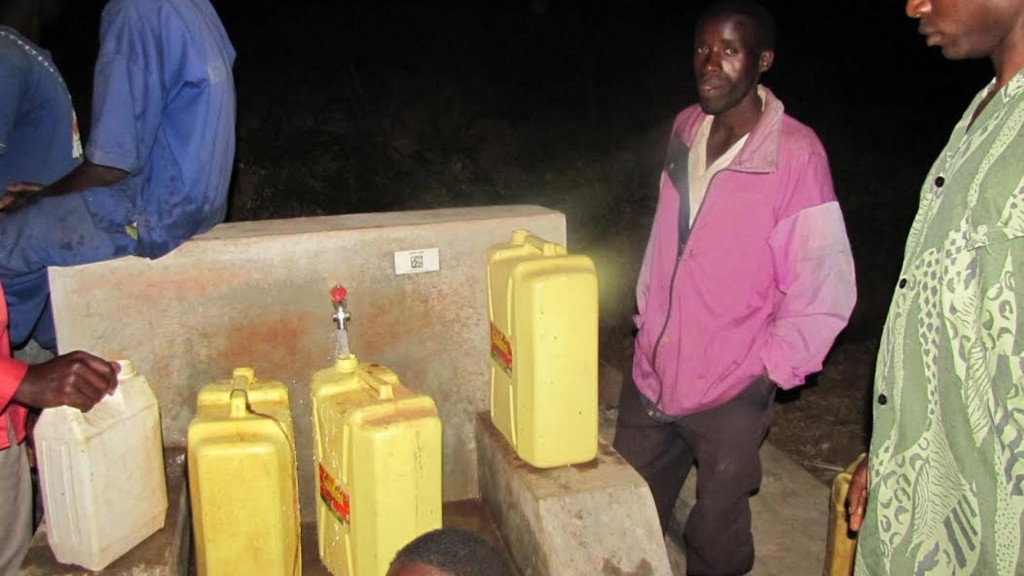When you think of water scarcity, what comes to mind? Do you imagine hot, arid deserts? Dusty roads with bright sun and no shelter?
Or do you imagine green mountains with arable land? Silty river basins with long rainy seasons?
Two of our past charity: water projects, in Rwanda and Cambodia, present a unique conundrum when it comes to the water crisis: both countries have abundant sources of water, but little of it is safe to drink.
Rwanda
Rwanda contains many lakes and rivers within its borders, as well as the watershed between the Congo and Nile drainage basins. Two major rainy seasons occur: February-May and September-December. Drought presents a major barrier to clean water accessibility during the dry seasons in between.
In 2012, U-Pick raised funds for piped-system tap stands for the Kiboha and Nshishi communities in Rwanda. From our charity: water project completion report: “The people here, especially women and children, used to walk up to two hours to collect water for their families. The water wasn’t safe to drink and often made people sick.”
Here are some snapshots of the piped-system tap stands that were built from the UPickVG I game-a-thon funds:
- Nshishi Community Water Tap, Rwanda
- Kiboha Community Water Tap, Rwanda
Cambodia
Cambodia is split by the lower basin of the Mekong river, creating a topography of river plains and flood basins. The Mekong also feeds the largest freshwater lake in Southeast Asia: the Tonlé Sap. The climate of Cambodia is defined as “tropical monsoon,” which contributes to the annual flooding of the Mekong and fresh deposits of sediment to the heavily populated lowlands.
charity: water launched a project unique to Cambodia, featuring a new solution called a BioSand Filter. There is a really neat diagram of how it works on charity: water’s Cambodia page.
And here are a few of the BioSand Filters we raised funds for during our 2013 marathon (UPickVG II). This project benefited the Kra Va community in Cambodia:
The projects for our other past game-a-thons, including UPickVG III and IV, are still being built! It takes 18-24 months for a project and photography to be completed, and a project completion report to be sent to all the donors.
What kind of water-delivery or filtration device will we help build with our upcoming marathon this June (UPickVG 5)? Maybe it will be a drilled well, digging deep into the earth in search of fresh aquifers. Check out this video of a well drill in action:




